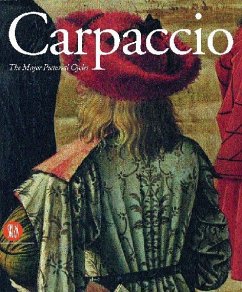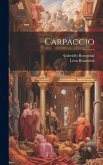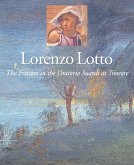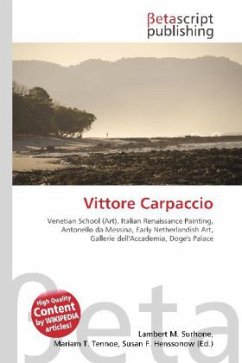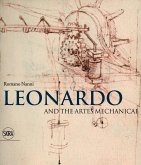In this book the native Venetian art scholar Stefania Mason takes the reader through a critical appraisal of the painter Vittore Carpaccio, focusing primarily on the four superb cycles of paintings he executed under commission from the city's confraternities between 1490 and 1520. What emerges from the author's insightful analysis is Carpaccio's unerring vision of the Venice of his times, deftly woven with complex allegorical allusions to create vast narrative tableaux that catered to the Venetian institutions' keen awareness of the power of imagery. The study begins with the fabled" Life of St Ursula" cycle (1490-c. 1498), now in the Gallerie dell'Accademia in Venice, in which Carpaccio shows his skilled handling of perspective, endowing his canvases with a mixture of recognisable townscapes and imaginary landmarks of medieval stamp, whose visual cues include personages, gestures, customs and ceremonies in a rhythmical interweaving of reality and legend. Next comes the cycle executed for the Scuola di San Giorgio degli Schiavoni (1502-c. 1507), featuring Sts George, Triphun and Jerome, in which an errant knight and a hermit saint lead the observer into a mythical Orient. The masterpiece of the series is the "Vision of St Augustine," where the saint is alone in his study and the disembodied spirit of St Jerome enters by the window in the form of brilliant light illuminating the entire room with its domestic minutiae and panoply of humanistic attributes. No longer "in situ" but dispersed among various museums are the last two series carried out by Carpaccio, this time with assistants: the "Life of the Virgin" cycle for the Scuola degli Albanesi (1502-c. 1507); and the setdepicting the" Life of St Stephen" for the "scuola" dedicated to the saint (1511-20), a remarkable eulogy to stone and its manifold uses in building and sculpture (many of the confraternity's members were stonemasons). The selection of details and close analysis of Carpaccio's canvases afford a cogent visual guide and critical assessment of this great master of Renaissance painting. Born in Venice, Stefania Mason teaches Art History at the University of Udine, Italy, where she is coordinator for doctorates in research and heads specialisation courses in art history. Her work focuses principally on painting and drawing, on the relationship between art, devotion, and patronage, and on Venetian collecting from the 1400s to the 1600s. Among her numerous publications is a monograph on Palma Giovane (1984). A noted art scholar specialised in the history of Venetian painting and sculpture from the 1400s to 1600s, Linda Borean is a regular contributor to leading art journals, including" Arte Veneta" and "The Burlington Magazine."
Hinweis: Dieser Artikel kann nur an eine deutsche Lieferadresse ausgeliefert werden.
Hinweis: Dieser Artikel kann nur an eine deutsche Lieferadresse ausgeliefert werden.

